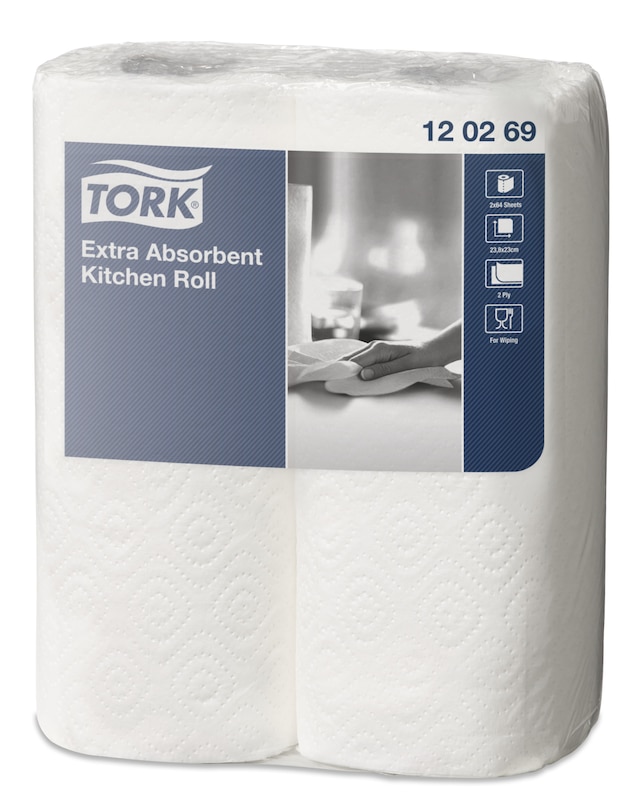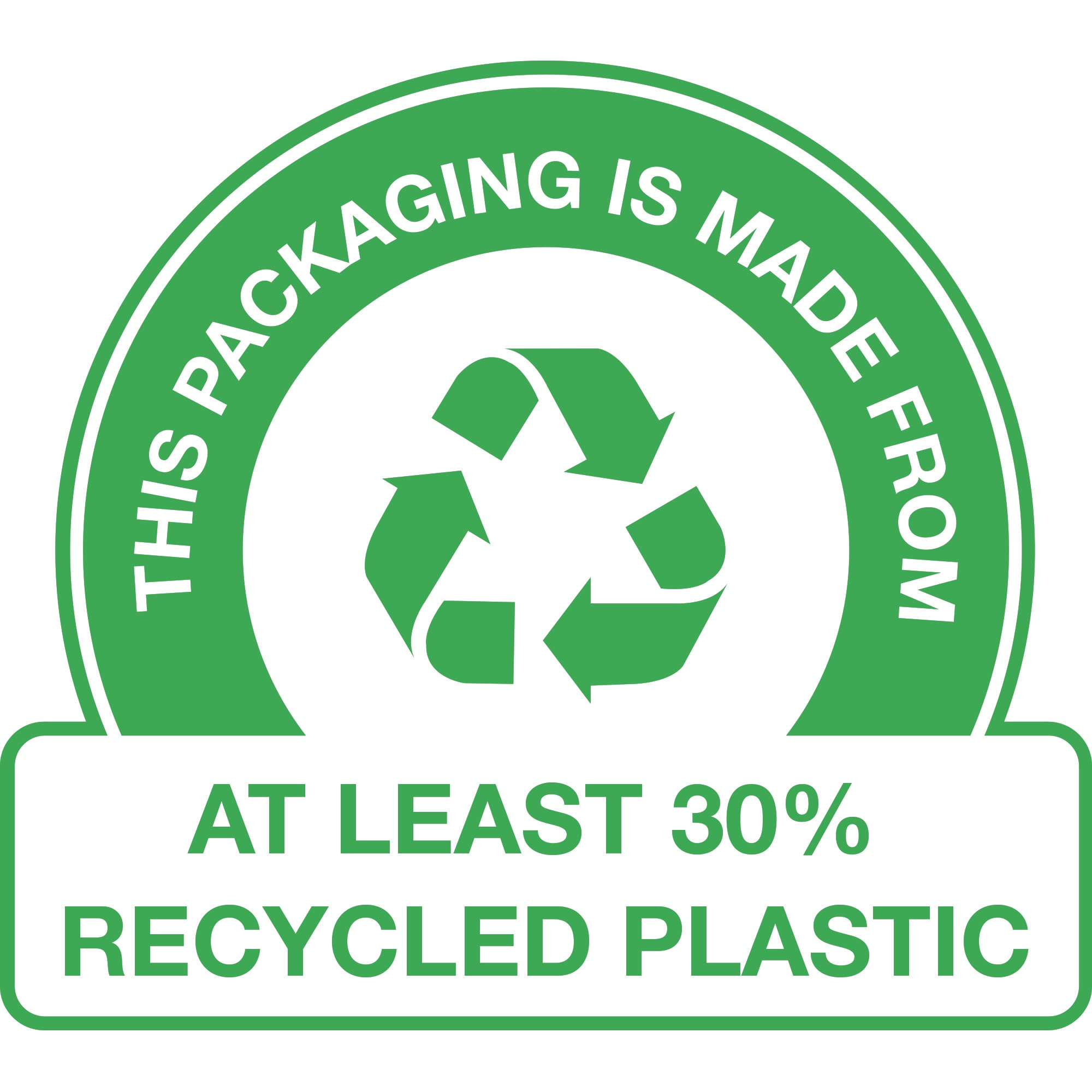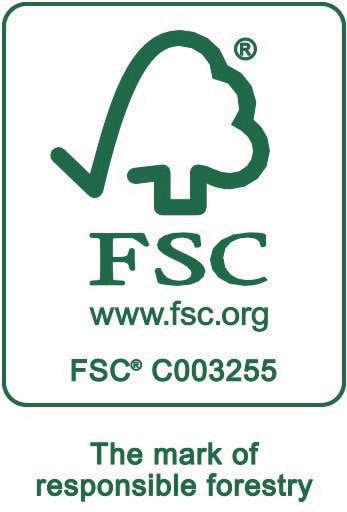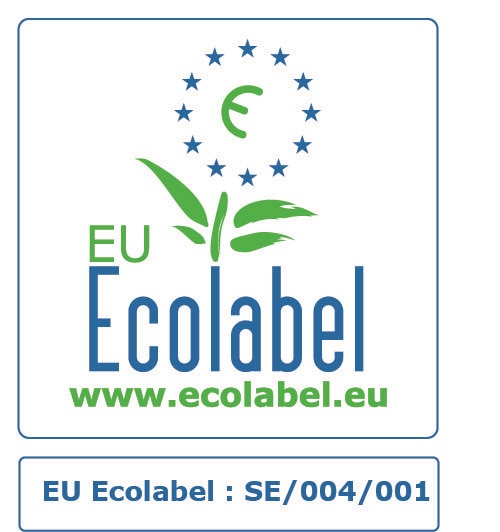

Description



Product and delivery data
Delivery data
Content
The product is made from
Fresh fibres
The packaging material is made from paper or plastic.
Material
Fresh fibresEssity has an ambitious target that all raw materials derived from wood-based fresh fibre used in the production of our products is certified either in accordance with the FSC® or the Program for the Endorsement of Forest Certification (PEFC™). In addition, all wood-based fresh fibre shall fulfil the FSC® Controlled Wood standard, including third-party verification. The Essity Fibre Sourcing Policy describes this in more detail and can be found on www.essity.com.
Fresh fibre pulp is produced from softwood or hardwood. The wood is subject to chemical and/or mechanical processes where the cellulose fibres are separated out and lignin and other residuals are removed.
Bleaching is a cleaning process of the fibres and the aim is to achieve a bright pulp, but also to get a certain purity of the fibre in order to achieve the demands for hygiene products and in some cases to meet the requirements for food safety.
Chemicals
All chemicals (process aids as well as additives) are assessed from an environmental, occupational health and safety and product safety point of view.
To control product performance we use additives:
- Wet strength agents (for Wipers and Hand Towels)
- Dry strength agents (are used together with mechanical treatment of the pulp to make strong products like wipers)
- For coloured papers dyes and fixatives (to secure perfect fastness of the colour) are added
- For printing products printing inks (pigments with carriers and fixatives) are applied
- For multi ply products we often use water soluble glue to secure the integrity of the product
In most of our mills we do not add optical brighteners.
We do not use softeners for professional hygiene products.
High product quality is secured through quality and hygiene management systems throughout production, storage and transport.
In order to maintain a stable process and product quality the paper manufacturing process is supported by the following chemicals/ process aids:
- defoamers (surfactants and dispersing agents)
- pH-control (sodium hydroxide and sulphuric acid)
- retention aids (chemicals that help to agglomerate small fibres to prevent fibre loss)
- Coating chemicals (that help to control the creping of the paper to make it soft and absorbent)
To reuse broke we use:
- Pulping aid (chemicals that help to repulp wet strong paper)
In the cleaning of our waste water we use flocculation agents and nutritients for the biological treatment to secure that no negative impact on water quality comes from our mills.
Food Contact
This product fulfills the legislative requirements for Food Contact materials, confirmed by external certification performed by a third party. The product is safe for wiping food contact surfaces and may also come occasionally into contact with foodstuffs for a short period of time.
Environmental certification
This product is certified with the EU Ecolabel with certificate number SE/004/001.
This product is certified for FSC® with certificate number SA-COC-008266.
Packaging
Fulfilment of Packaging and Packaging Waste Directive (94/62/EC): Yes
Article creation date and latest article revision
Date of issue: 02-03-2023
Revision date: 23-09-2024
Production
This product is produced at Mannheim mill, DE and certified according to IFS, HACCP, ISO 9001, ISO 14001 (Environmental management systems), OHSAS 18001, EMAS (eco-management and audit scheme), PEFC and FSC Chain-Of-Custody.
Destruction
This product is mainly used for personal hygiene and can be collected together with household waste.
Essity UK Ltd, Southfields Road, Dunstable, Bedfordshire LU6 3EJ, United Kingdom

